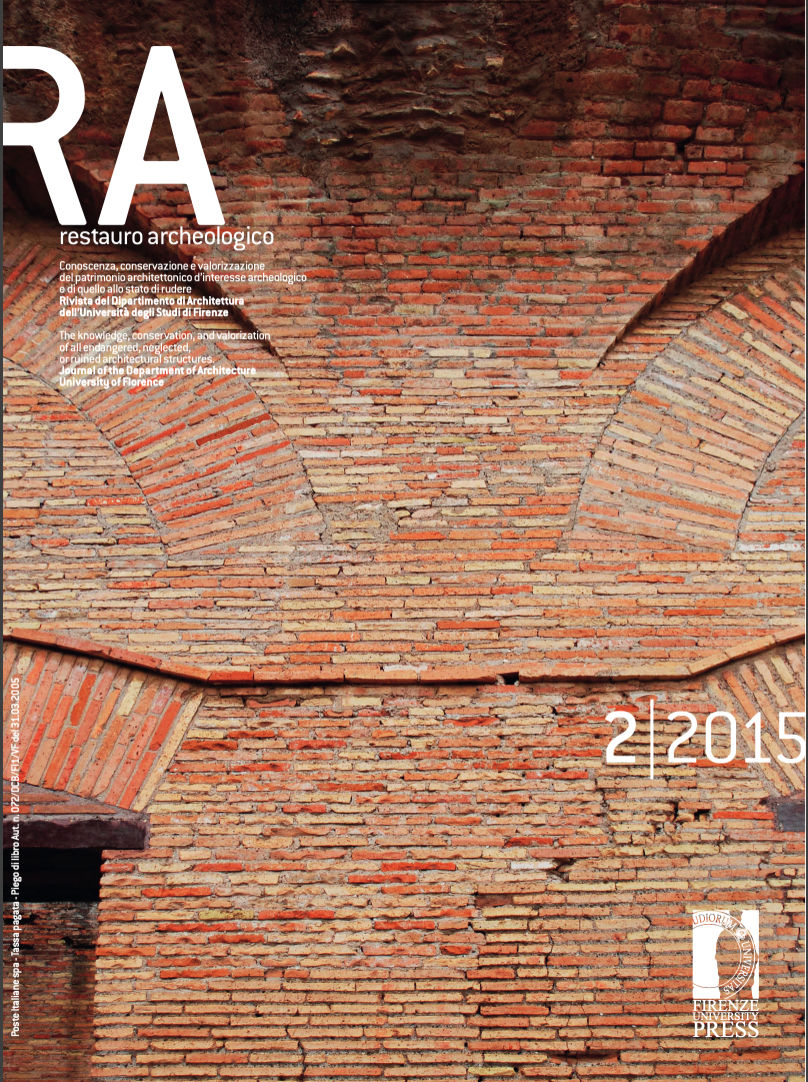Published 2016-07-08
Keywords
- Palestinian archeology,
- Mount Gerizim,
- Monastery of Bir el-Hamam,
- Byzantine archeology
How to Cite
Abstract
The archaeological site of Bir el-Hamam, located on the northern top of Mt Gerizim, Nablus, in Palestine was discovered in 2001 during preparatory work for the construction of the ‘House of Palestine, a rotunda style residence for Mr. Munib al-Masri. In that same year, a salvage excavation was carried out by the Department of Antiquities and Cultural Heritage of the Ministry of Tourism and Antiquities, and staff and students from An-Najah National University, directed by H. Taha (2015). The archaeological remains of a small monastery were preserved in situ in lowest floor of the building as a complete self-contained public archaeological site. The archaeological site included a complex of household installation and spaces, such as an open courtyard, a rain-fed cistern, a stable, and a kitchen. It also included a room with a mosaic floor with fragments of religious texts. This room gave access to an exceptional space of a chapel with colourful mosaics and a dedicatory text for three deceased ‘brothers, lovers of Christ’. A nicely decorated chancel screen separated the holy eastern part, the bema, with its altar table, from the main room. This chapel, combined with the chandeliers found, indicates that the compound concerns a small monastery (Kooij 2015:7). The management plan of the site was based on an agreement between the private owner of the land and the Department of Antiquities and Cultural Heritage, the public owner of the archaeological remains, in order to keep this heritage site accessible for the public. As a result in 2004 a series of restorations and consolidation works were implemented, and measures were taken to ensure that the site is accessible and visitor friendly. A wooden visitor’s trail was made, hanging in and over the architectural remains, and a museum room with exhibition was added to present the site.


